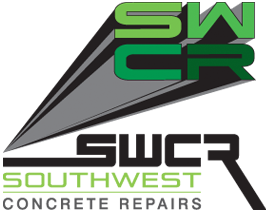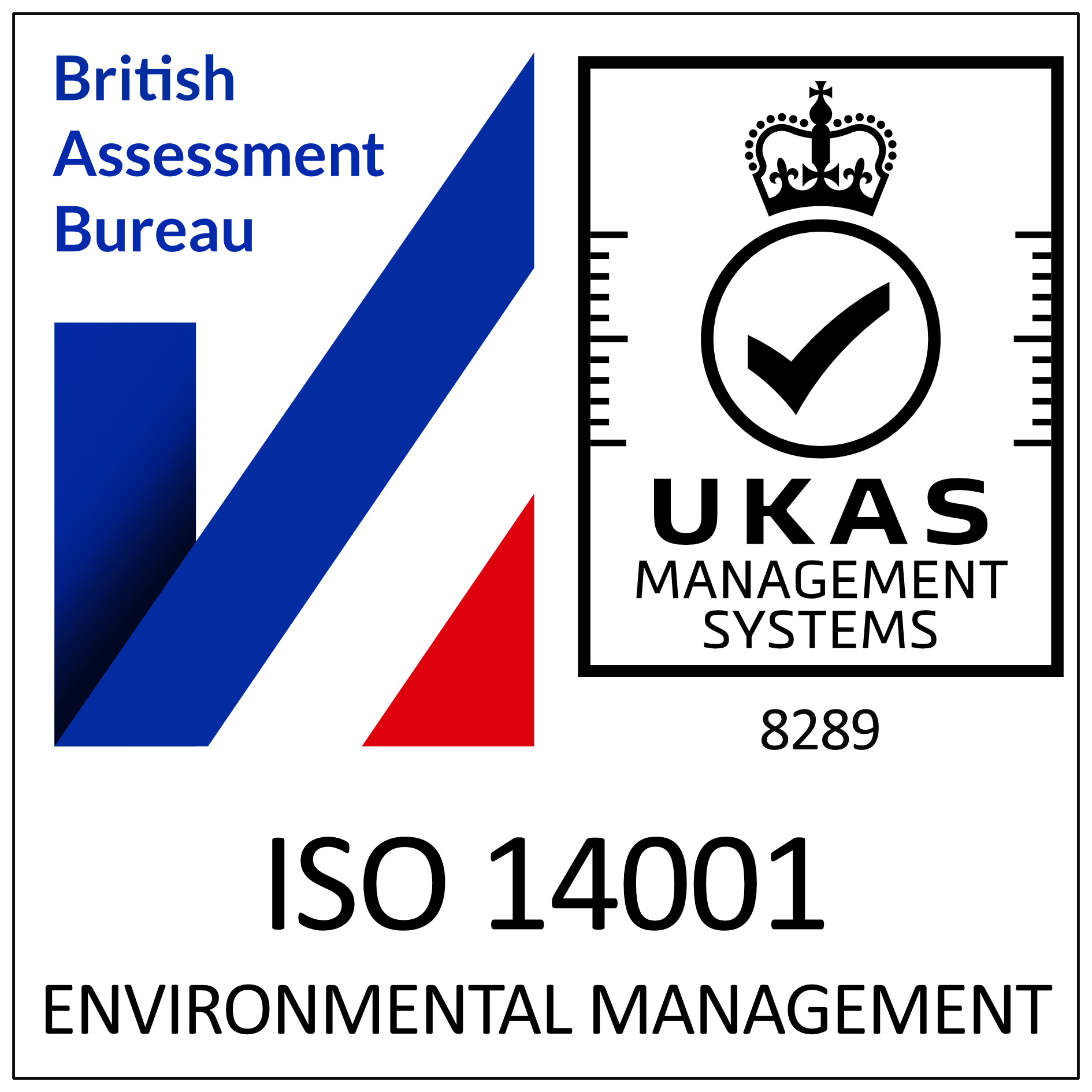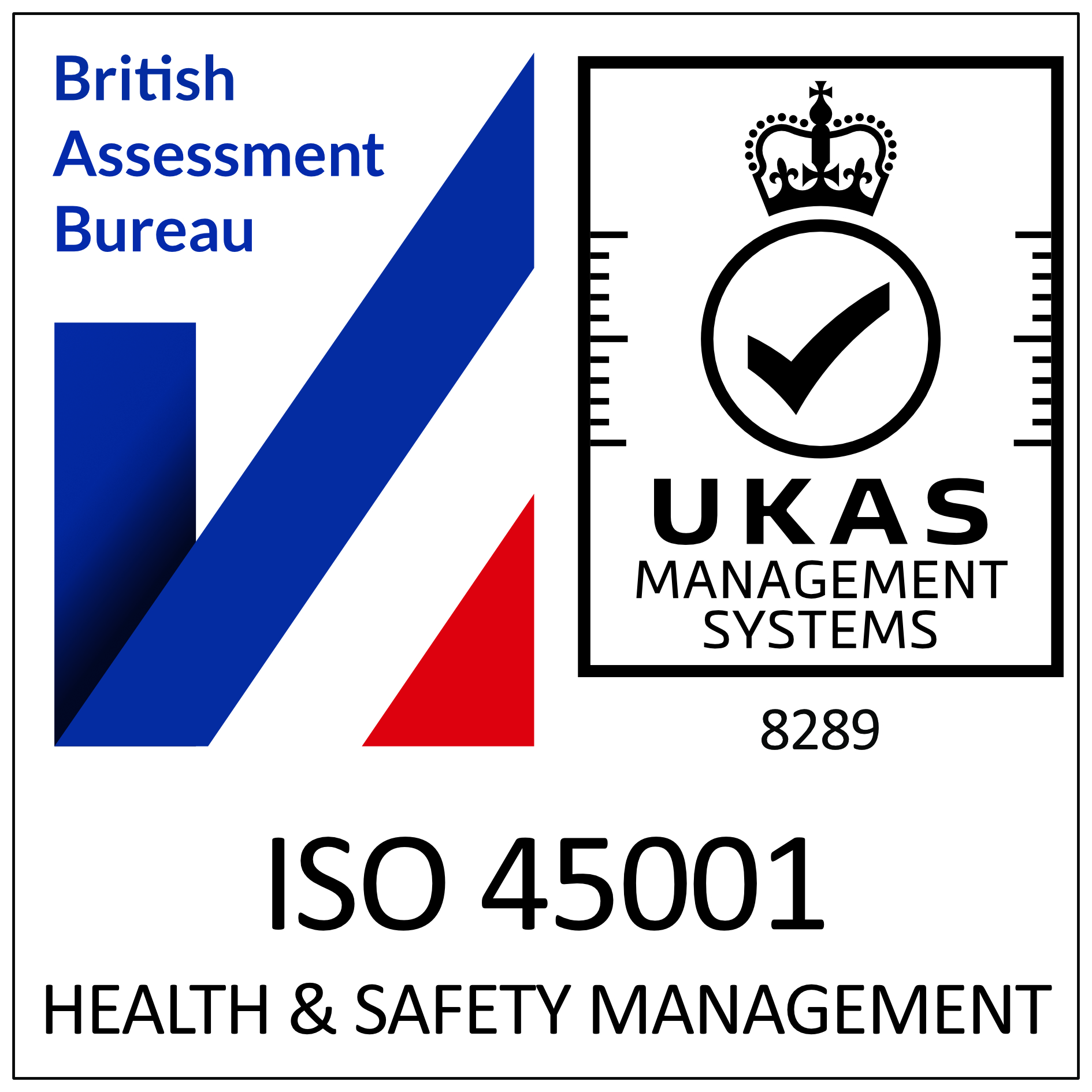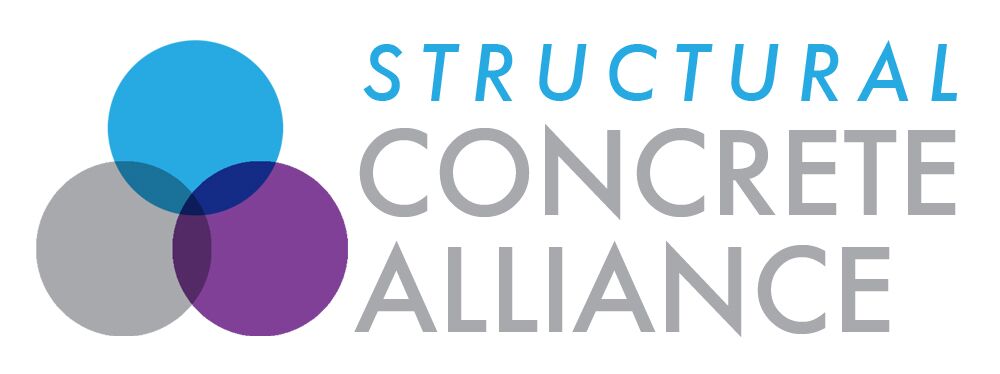Pressure Grouting & Pointing
Introduction
Pressure grouting and pressure pointing although two completely separate operations are often carried in combination. This is especially prevalent when repairing masonry structures where the grouting is used for the infilling of the larger voids and structural strengthening and the pressure pointing used to fill the smaller surface voids to keep the grout from escaping and to give a finish to the mortar joints and prevent future water ingress.
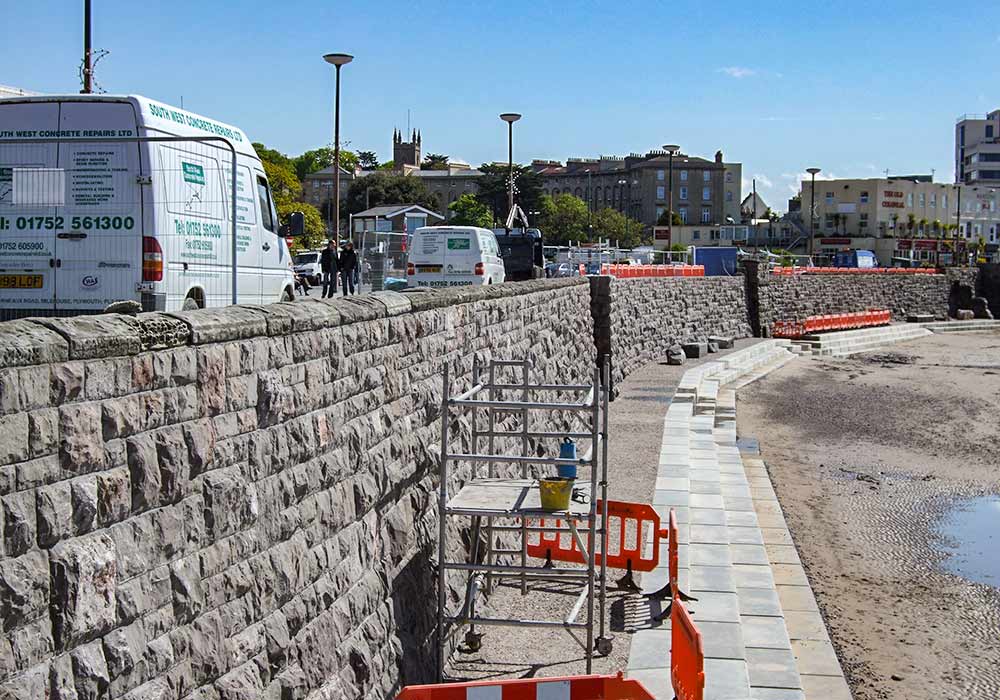
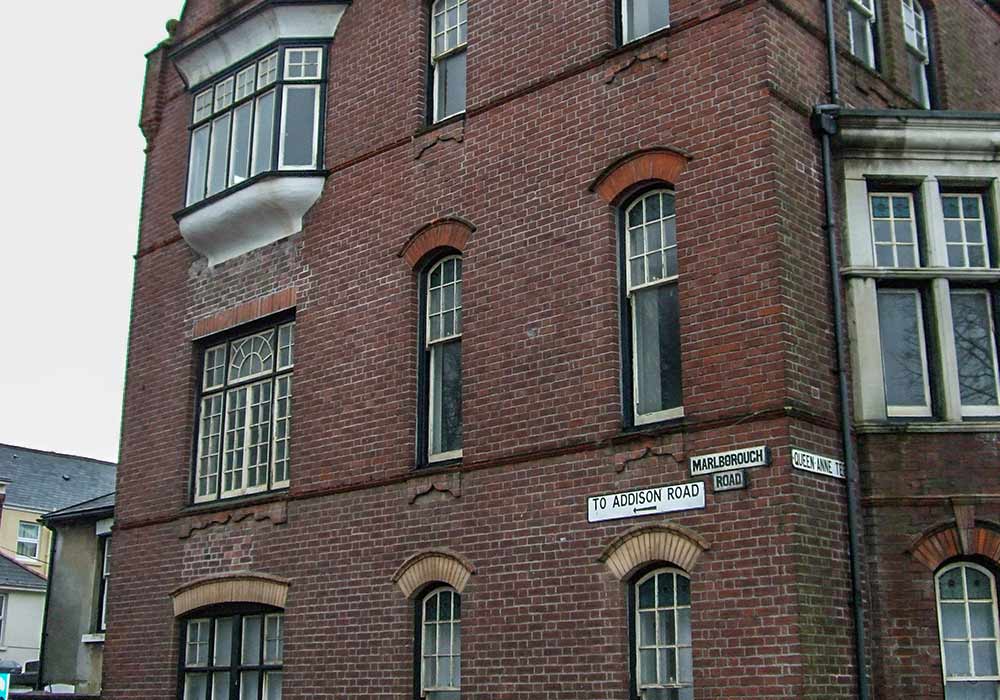
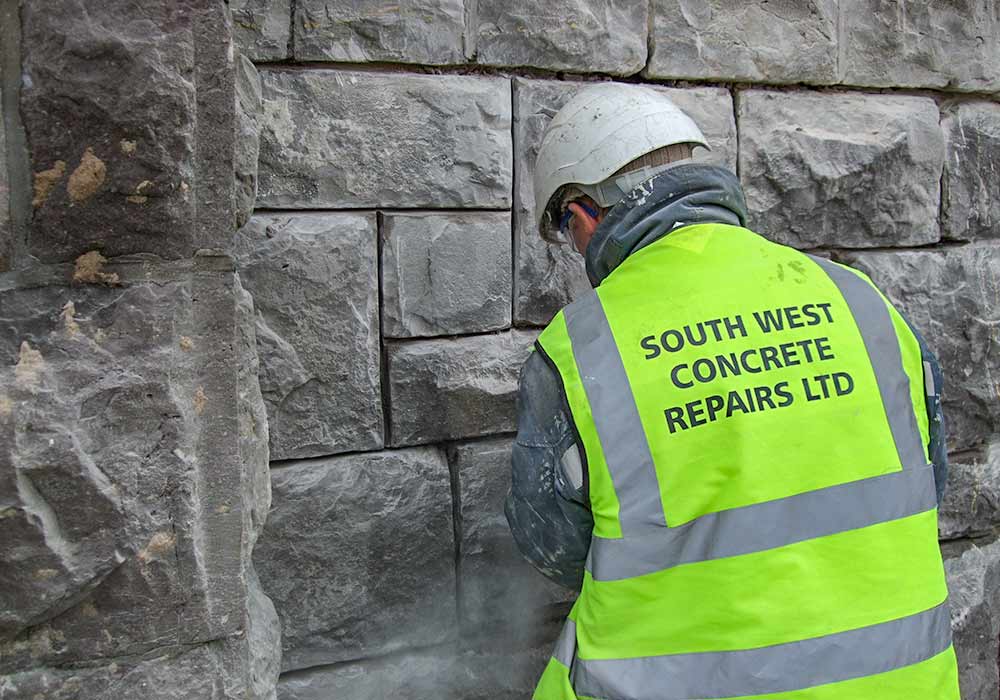
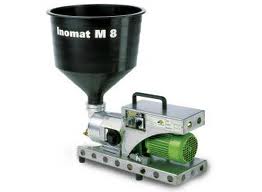
Pressure Grouting
Pressure grouting is the name given for the injection of a liquid grout, resin or suspension into voids under pressure. The product sets in the form of a solid or gel to fill the voids.
It can be used in a variety of situations such as :
- Soil stabilisation
- Infilling redundant service pipes and ducts
- Fill voids under machine bases
- Filling voids in steel fabrications
- Stabilising loose fill material
- Strengthening cavity or rubble stone walling
- Fill gaps around service pipes, joints to segmented concrete manholes.
- Strengthen foundations
- Make good washout (masonry bridges, dams, basements, culverts etc
Pressure Pointing
Pressure pointing can be carried out using hand held pointing guns or by a machine pumping the mortar through a hose with hand control valve. It is ideal for the replacement of water eroded or defective joints which have been raked out ready for the application. Pressure pointing enables the new joints to be installed quickly and consistently with good compaction and ensuring a complete fill of the void.
The mortars are normally pre-bagged so a consistent colour can be guaranteed and can be applied in overhead situations such as vaulted arches, culverts, tunnels etc.
As well as traditional mortar mix colours and coloured mixes using colour intensifiers, special lime blends can be used for heritage or listed buildings.
